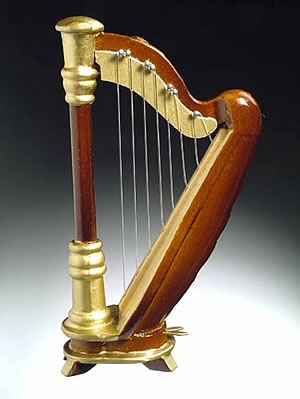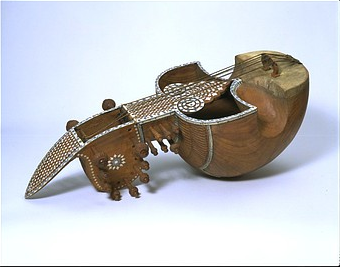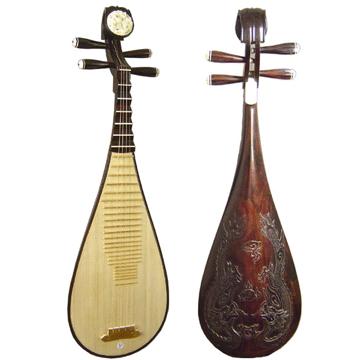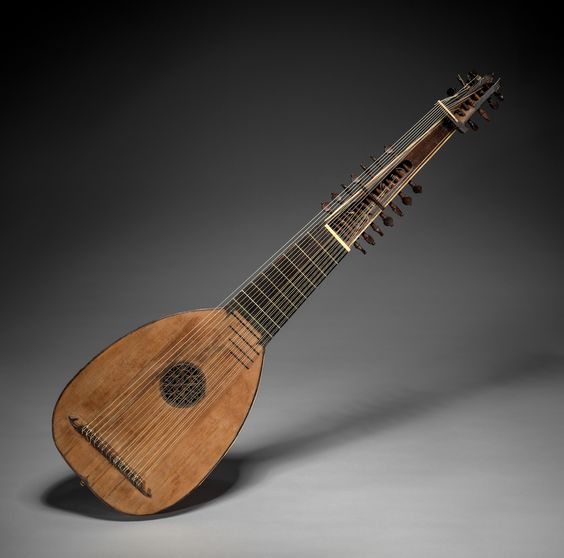During the Elizabethan period, there were no orchestra pits present. The musician would make appearances on stage and were actors or sometimes they were kept hidden in the background or in the balcony. Now you will find that there were many Elizabethan stringed instruments and they were either bowed or were plucked.
The musical instruments in the Elizabethan period included the ones from the medieval period along with the ones invented in the 16th century.
Some of the Popular String Instruments Were
Contents

Harp
The harp is unlike the other instruments in the string family. It has a tall triangular frame which has 45 strings stretched across. There are seven pedals rights at the bottom of the harp and the strings have to be plucked by hand.
The pedals help you to adjust the length the size of the strings so that you can play the additional notes. This instrument is like a mix between a violin and percussion. The composers usually use this instrument for cascading glissandi’s and for rhythms which need very strong strumming.

Viol
These Elizabethan stringed instruments are held downwards and are described by many as “viole da gambe” or leg viols. These are found in various sizes and they normally have six strings along with the frets.
The lengths of the gut are tied around the neck and the fingerboard so that the position of the notes can be seen. From the 15th century, these were the most important instruments but were overshadowed by the other members of the violin family.

Lute
This was another popular Elizabethan string instrument. It gets its name from the East, originally derived from the Arabic ‘ud. This instrument had various forms. But it was usually seen as a pear-shaped instrument with a flat belly and a central sound hole.
The neck consists of frets and gut tied together so that the notes can be marked. The pegbox of the instrument is turned backwards so that it can form an angle with the neck (right angle). The most common lute is a six-stringed one but then the number of the string varies as well.

There were also several different kinds of lute. The Cittaron was a kind of lute that went 6 feet tall. IT produced a heavy bass sound.
Cittern
This instrument which was an Elizabethan string instrument resembled a modern guitar. It had a sound box which was flat and wire strings and the strings needed to be plucked using a plectrum or even a quill.

Dulcimer
This would be played with the help of hammers. The hammers would strike the strings.
Psaltery
This is a mix between a guitar and a harp.
More Info On- England Music, Plays, Musical Instruments, Dancing and music, Theatre History, Elizabethan England Music

